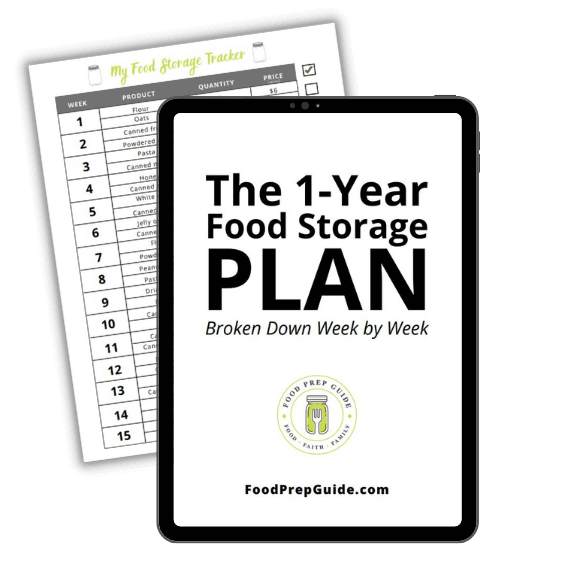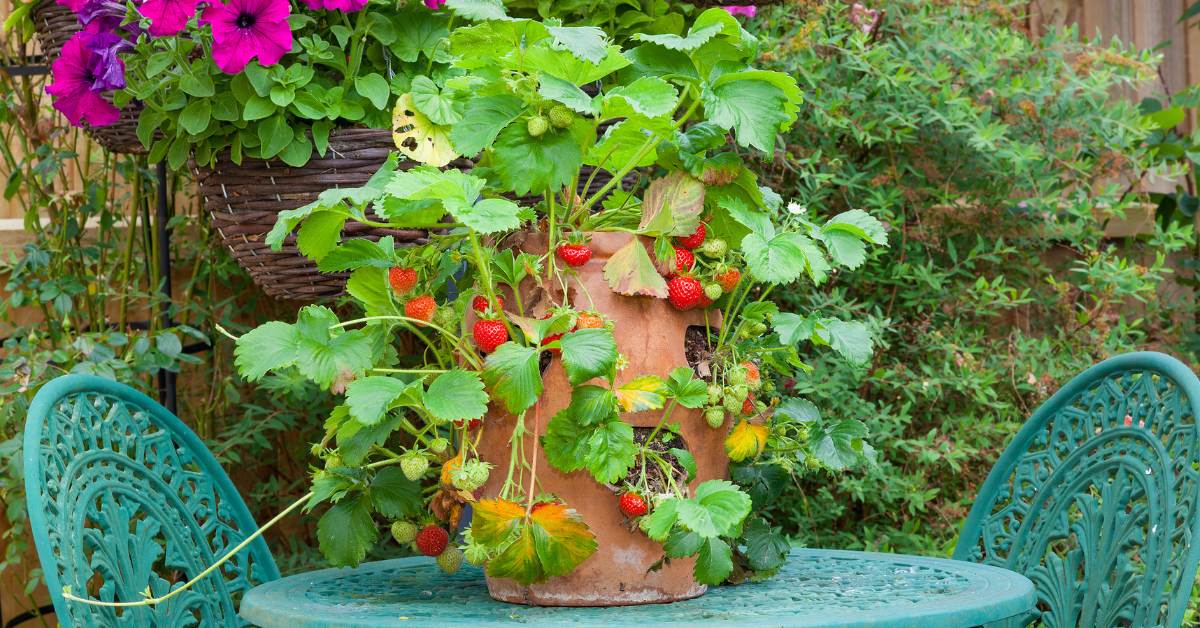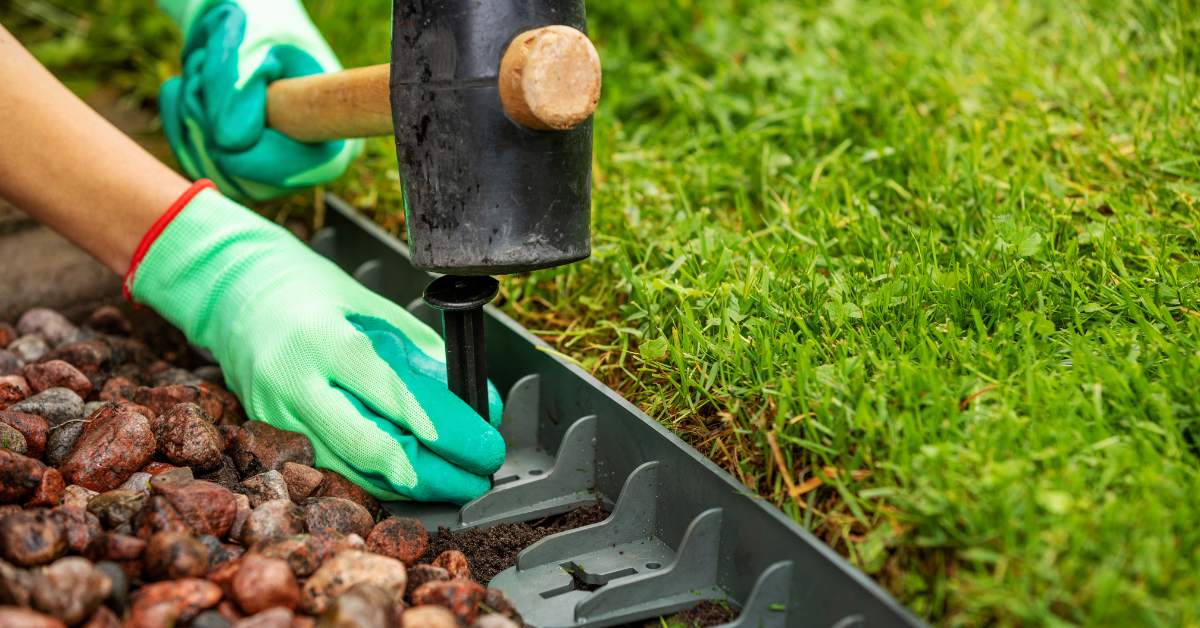So you’ve dried your veggies – now you’re ready to store them…but how?
Do a quick search and you’ll find many different storage methods – each with their own set of pros and cons.
Today, I want to walk you through a few necessary pre-storage steps to capitalize on whatever method you choose. But I’ll also share my personal favorite way to store preserved veggies.
Let’s get started…
How to Store Dried Vegetables So They Last Longer
1. Condition First Before Storing
Before you stash your veggies on the shelf and admire your day’s work, it’s crucial to condition them first.
Conditioning helps prevent mold growth and ensure there’s no lingering moisture. This step is necessary since vegetables don’t always dehydrate at the same rate due to varying amounts of moisture and differing sizes in which they were cut.
To condition, make sure the vegetables are fully dry first. Then, transfer them in a glass jar or any airtight container with a little extra space at the top so they can move around a bit.
Lastly, shake the container once a day for seven days. If you see any moisture on the produce or on the container, dehydrate the vegetables again. If you see any mold growth, discard all pieces in the container.
2. Store in Mason Jars So You Can Vacuum Seal the Lids
One of the best ways to store dried vegetables is by vacuum sealing them in mason jars. This helps extend their freshness and shelf life and protects the produce from contamination.
You will also find that mason jars are ideal for dried food storage as they can be completely sanitized. Plus, they’re durable, reusable, and inexpensive.
Be sure to label and date all containers so you can rotate properly. More on that in tip #7.
Prices pulled from the Amazon Product Advertising API on:
Product prices and availability are accurate as of the date/time indicated and are subject to change. Any price and availability information displayed on [relevant Amazon Site(s), as applicable] at the time of purchase will apply to the purchase of this product.
3. Ensure Containers Are Sufficiently Protected Against Moisture
You’ll want to keep them in a dry area with good ventilation to control humidity and prevent mold growth.
Ideally, you’d store airtight containers at least six inches off the floor and at least 18 inches away from walls.
This just makes it to where pests and rodents have to work a little harder to get to your stash 😉
4. Consider Freezer Storage if You Have the Space
Although it’s fine to store them at room temp, colder environments keep veggies at peak freshness for longer.
So if you have the space and budget – and if you live in a humid climate – you might want to stash them in your freezer.
5. Store Dried Vegetables in a Cool, Dark Place
To maximize their shelf life, store them in a cool, dark place. Exposure to heat and light will reduce both quality and nutritional content, eventually causing food spoilage.
6. Consider Packing in Small Batches
Storing dried vegetables in a large container exposes them to air and moisture every time you open it. Each exposure increases the risk of spoilage since you’d have to re-open the container many times to consume the whole batch.
To counteract this, consider packing dried goods in small batches enough for one-time use or perhaps one week’s worth of cooking at a time.
7. Rotate Appropriately to Avoid Food Waste
To ensure you use the vegetables before they go bad, you need to rotate them appropriately.
Use the dates (that you hopefully wrote on the container) as a guide to determine the right time for rotation. Always keep in mind that the first food in should be the first food out when you start using it. So oldest goes in front, newest goes in back.
FREE FOOD STORAGE PLAN!

Does gathering and storing a year’s worth of food for your family seem overwhelming and unachievable?
Make it easy with our step-by-step plan. Subscribe to our weekly newsletter & we’ll send it to you FREE!
Things to Keep in Mind When Dehydrating Vegetables for Storage
While drying vegetables is a pretty straightforward process, there are some things you can do to ensure success and an even longer shelf-life:
- To ensure rich flavor and max nutrients, pick produce at its peak ripeness.
- How you pre-prep is important. Wash in cool water to remove dirt, wax, or any chemical residues. Remove cores, stems, and any bruised areas. Then, peel, cut, slice, or shred depending on how you want to use.
- Make sure that all the pieces are cut in nearly similar sizes so that they’ll dry in about the same amount of time.
- Most vegetables dry well at 140°F (60°C). Anything higher may cause the produce to be cooked and hardened on the outside but still be moist inside.
Also, you may want to consider blanching to shorten the drying time and increase shelf life. This pretreatment ensures the quality of the vegetables given that the longer the drying time, the less flavorful and poorer the produce will be.
Blanching is the process of precooking food in steam or boiling water for a few minutes—the exact time varies for each kind of vegetable. This also prevents spoilage as it kills the organisms that cause it.
Also, remember tip #1 and condition to check whether your vegetables are done dehydrating.
Just put them in a glass jar and screw the lid on. If after a day or two, you see any moisture droplets forming on the glass or under the lid, you’ll want to dehydrate them further. Maybe another 2-3 hours or so. You can also help them dry more thoroughly by cutting them into smaller bits.
As for the best storage containers, mason jars with vacuum sealed lids are ideal. However, you can also use ziplock bags if you plan on using them within a few weeks.
For super long-term storage, I’d go with Mylar bags and add oxygen absorbers. I might even tuck them away inside a 5-gallon bucket with a screw-top lid.
Frequently Asked Questions
How long can you store dehydrated vegetables?
Generally, dried vegetables can be stored for roughly 6 months at 60°F (15°C). However, according to the USA Emergency Supply, if properly sealed in airtight containers in the absence of oxygen, dehydrated vegetables can be stored for 8 to 10 years at a stable room temperature of 70°F (21°C).
If stored in Mylar bags with oxygen absorbers (and if they were dehydrated properly), they can even last for over 20years.
Do dried vegetables retain their nutrients?
Dried vegetables lose a tiny portion of their nutritional value when undergoing the dehydration process. However, compared to canned vegetables, they retain more of their nutrients.











My house can be in the 50’s℉ in winter, 90℉ summers. I don’t have a cellar or much room in freezer or refrigerator. Is storage for canned and dehydrated foods hopeless for me?
The 50s isn’t an issue, but the 90s is concerning for canned goods. Is there a closet in your home that stays a bit cooler in the summer?